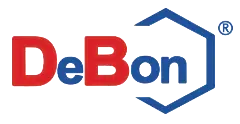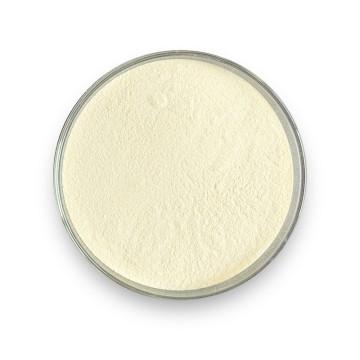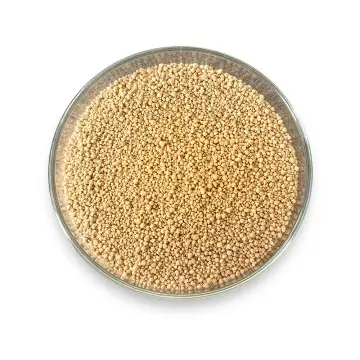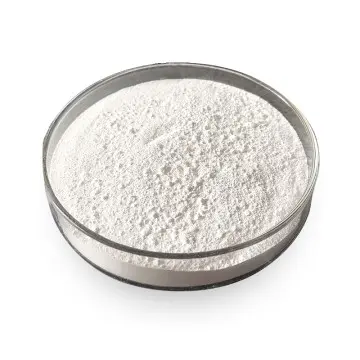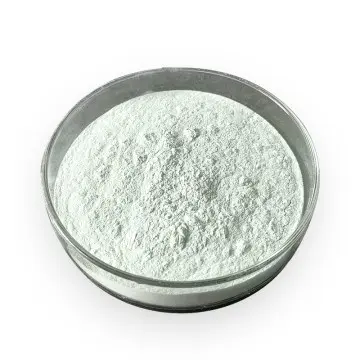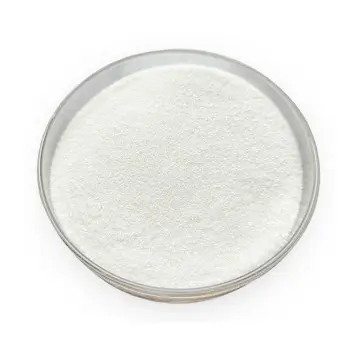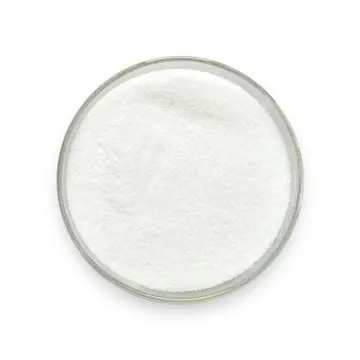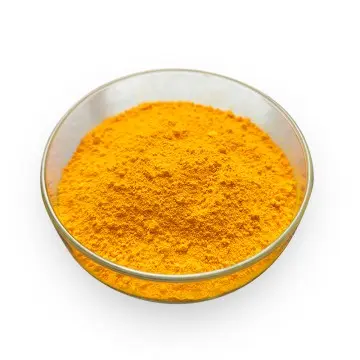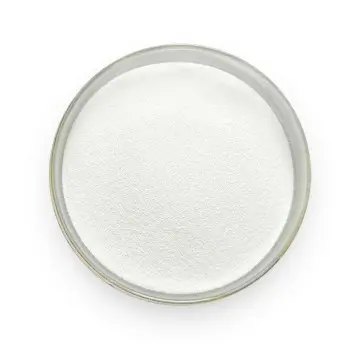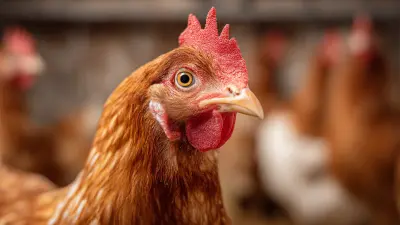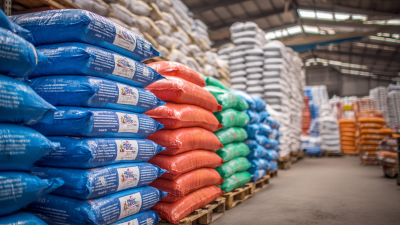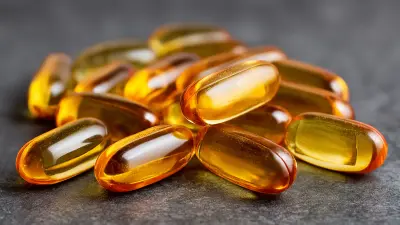Selenium: Organic vs Inorganic - Compare Prices from Top Animal Vitamin Brands
Choosing the right selenium product for your business is essential. At Hunan DeBon Bio-Tech Co., Ltd., we provide a wide range of high-quality selenium products from China, including both organic and inorganic options. Our detailed pricelist helps you identify the best fit for your specific needs. Our organic selenium is sourced with sustainability in mind, making it ideal for those who value health and environmental considerations. Alternatively, our Inorganic Selenium products are designed to meet the rigorous demands of various industries, offering potency and reliability. We are committed to exceptional quality and service, enabling you to make choices that enhance your operations. Contact us for more information on our selenium products and pricing!
Exploring Selenium Organic Vs Inorganic Ahead of the Curve Trusted by Pros
In the rapidly evolving agricultural sector, the debate between organic and inorganic selenium has gained significant traction among industry professionals. Both forms serve essential roles in improving the health and productivity of plants and animals, but their applications and benefits can differ widely. Organic selenium, typically sourced from yeast or plant-based materials, offers enhanced bioavailability and a lower risk of toxicity, making it a preferred choice for many organic farmers. On the other hand, inorganic selenium, which is more cost-effective and widely available, plays a crucial role in maximizing feed efficiency and supporting overall growth in livestock. As global procurement specialists seek innovative solutions, it's essential to weigh the advantages and drawbacks of each type of selenium. With the right formulation and application, businesses can tailor their selenium supplementation strategies to meet specific nutritional requirements, improve crop yield, and ensure sustainable farming practices. As our understanding of both forms grows, it becomes increasingly vital to stay ahead of the curve, exploring the latest research and developments to make informed purchasing decisions. In a world where sustainability and animal welfare are paramount, integrating advanced selenium solutions—whether organic or inorganic—into the production process can lead to lasting positive effects on both the environment and the economy. By ensuring that animals and crops receive the right amount of selenium, industries can optimize performance and guarantee a more prosperous future. The key lies in identifying trusted partners who prioritize innovation and quality, thereby fostering a responsible approach to agricultural development.
Exploring Selenium Organic Vs Inorganic Ahead of the Curve Trusted by Pros
| Type | Source | Key Benefits | Typical Uses | Expert Rating (out of 5) |
|---|---|---|---|---|
| Organic Selenium | Whole foods (e.g., Brazil nuts, seafood) | Better absorption, additional nutrients, lower toxicity risk | Dietary supplementation, health optimization | 4.5 |
| Inorganic Selenium | Supplements (e.g., selenomethionine, Sodium Selenite) | Higher doses, standardized amounts | Deficiency treatment, clinical use | 4.0 |
| Comparison | Direct source comparison | Organic more holistic, inorganic more targeted | Research, nutrient analysis | 4.2 |
Excellence in Selenium Organic Vs Inorganic Delivers Unmatched Quality Market Leader
O
Olivia Lewis
The craftsmanship of this item is evident. The after-sales team was professional and addressed all my questions.
14 May 2025
M
Matthew Hall
A reliable purchase. The quality speaks for itself, and the customer support is outstanding.
24 June 2025
H
Harper Parker
Great quality and excellent after-sales support! They went the extra mile for me.
15 June 2025
J
Julian Hughes
High-quality item and the after-sales service was top-tier. Highly recommend this purchase!
07 July 2025
C
Connor Price
Excellent purchase experience! Quality is exceptional and the customer service was great.
19 June 2025
W
Willow Morgan
Truly exceptional product quality! The service staff was professional and very helpful.
19 May 2025
